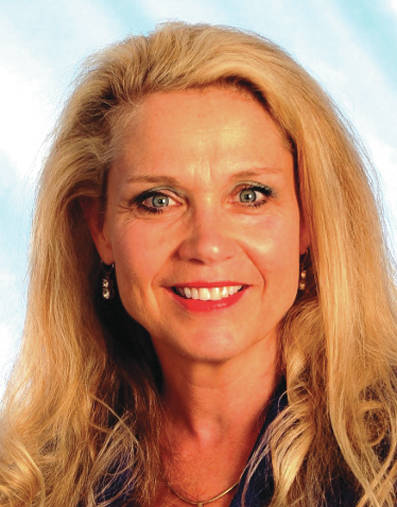
Newspapers have changed significantly in my lifetime. If you’re a millennial or younger, you might not realize what an integral part of daily existence the newspaper once was, and why it continues to be important, especially in the local community.
For clarification, I’m not on staff at any newspaper, nor do my meager wages as a freelance columnist cause me to write about this topic. Instead because of my training as a journalist, I feel compelled to stand up for the medium that has been such a vital part of American life, and is categorized by so many as obsolete. Or maybe it’s due to the fact that I recently watched the movie, “The Post” which is a profound reminder of the crucial role newspapers played in shaping history.
“The Post [is] a thrilling drama about the unlikely partnership between The Washington Post’s Katherine Graham (Meryl Streep), the first female publisher of a major American newspaper, and editor Ben Bradlee (Tom Hanks), as they race to catch up with The New York Times to expose a massive cover-up of government secrets that spanned three decades and four U.S. Presidents,” reports www.rottentomatoes.com/m/the_post/. Based on a 1971 true story, most movie viewers will be impressed by the courage of these long-ago journalists and of their pioneering female publisher who risked their reputations and monetary success to inform the public.
My own career in journalism began at the Wapakoneta Daily News as a reporter/associate editor before I had even finished college. Then as a senior at Bluffton University (then college) I was thrilled to land an internship at The Lima News during the 1981-82 academic year. Yet an intern’s position is pretty low down on the food chain in a news organization.
That’s why I was surprised to be invited to a summer 2017 reunion for Lima News staff from the early 1980s. Even though I had spent the academic year writing stories under the direction of then city editor Mike Lackey, I was a little overwhelmed by the invitation. Back then, I had little contact with the newsroom staffers, and some had gone on to achieve rather impressive things. In the end, I decided to attend more out of curiosity and respect than any sense of belonging.
That July afternoon in Lima’s Faurot Park, I have to admit I felt that same awe that I did over 35 years ago as a cub reporter. There were journalists who were or had been on staff at The (Toledo) Blade, Dayton Daily News, The (Cleveland) Plain Dealer, while others had migrated to a career providing more security becoming educators, a business owner, and even a lawyer. There was also a wheelchair, a leg brace, a walker, and lots of gray hair in attendance that summer day, because these men and women of the press had grown older.
Those who stayed in the rapidly changing industry, whether on staff at a metro or small-town newspaper, the reporters, photographers, sportswriters, and editors, etc., all had one thing in common. They had spent their entire professional careers disseminating breaking news and telling the stories of everyday people who are at the heart of every community, while striving to be accurate, unbiased tellers of truth.
But back to the folks who question the newspaper’s relevance in a world where national media outlets stream live reports on our electronic devices in real time. They are overlooking the key point that whether you follow liberal or conservative media outlets, the “local” newspaper remains a watchdog for “local” government and educational agencies. It is also the primary source of a community’s noteworthy information.
The newspaper’s in flux. With increased workloads and decreased staff, still each day the newspaper arrives in electronic and printed form, telling the stories of a “local” teen who gets a new heart, of a “local” business expansion or a school board meeting, and even the sad news of the passing of “local” citizens. The word “local” is the operative adjective here.
In the end, the newspaper has had to change, and will continue to, probably more rapidly than any other media form. Adjustments like: having a digital focus, social media presence, fewer printed pages, being video savvy, while endeavoring to remain profitable.
Despite the challenges, starry-eyed young journalists continue to join the ranks with veteran staffers. So, to all my noble comrades in ink, I salute you for keeping your communities informed.


